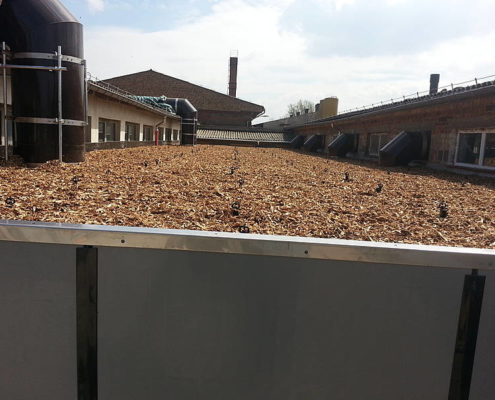Air treatment is one of the most essential treatment steps of any wastewater and waste treatment process for good air quality and odor control. Every process has different emissions. Hence it’s important to implement appropriate techniques based on the composition of gases.
The main emissions from these areas are dust and volatile organic compounds (VOC). There are several types of dust filters such as electro-filters, bag filters and cyclones. Electro-filters use voltage difference between electrodes to capture dust. They work with gas temperatures of up to 400 °C and effective on wide spectrum of dust particles. However, these filters have high CAPEX and OPEX and lower efficiency compared to other systems. Bag filters had low costs compared to electro-filters and can have efficiencies of over 99 %. However, the efficiency drops when there is high humidity in the input gas. Atmospheric humidity and moisture content in waste can result in humid conditions in the treatment halls. For such conditions, cyclone separators are favorable. However, the main disadvantage is it cannot remove finer particles (<10 µm) and is suitable mostly for preliminary dust removal. Hence these systems must be chosen according to the type of emissions in the treatment plant.
Odor emissions in biological treatment are mostly caused by gases such as NH3 and H2S. The Non-methane volatile organic compounds (NMVOCs) and odorous substances in general can be done with bio-filters. These are low cost and robust systems that can be designed to remove odorous substances in waste and wastewater treatment plants. NH3 emissions can be efficiently removed by acid scrubbers.


